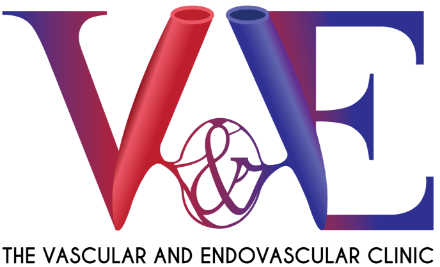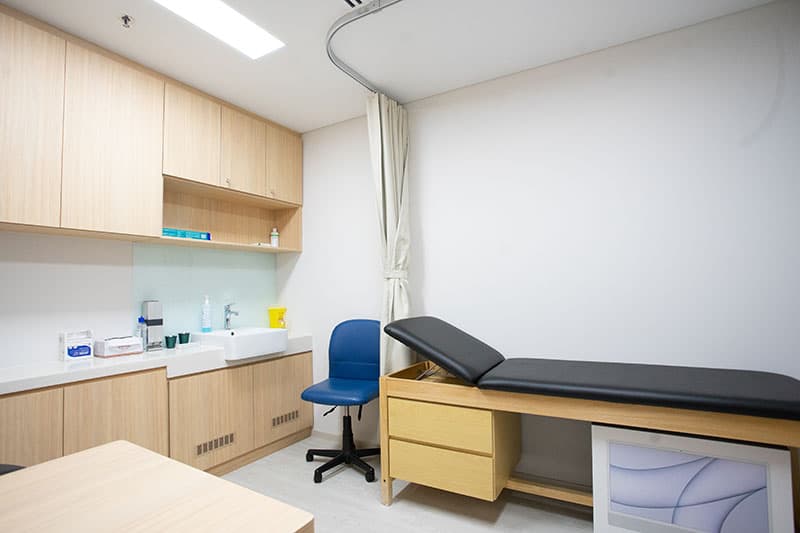A pulmonary embolism (PE) is a blockage in one of the pulmonary arteries in the lungs, typically caused by blood clots that travel to the lungs from the legs or other parts of the body (a condition known as deep vein thrombosis, or DVT). This blockage can restrict blood flow to the lung tissue, leading to various symptoms and potentially serious complications.
Appointment
Schedule an Appointment
Please fill in the form and our staff contact you to schedule an appointment as soon as we can.
























